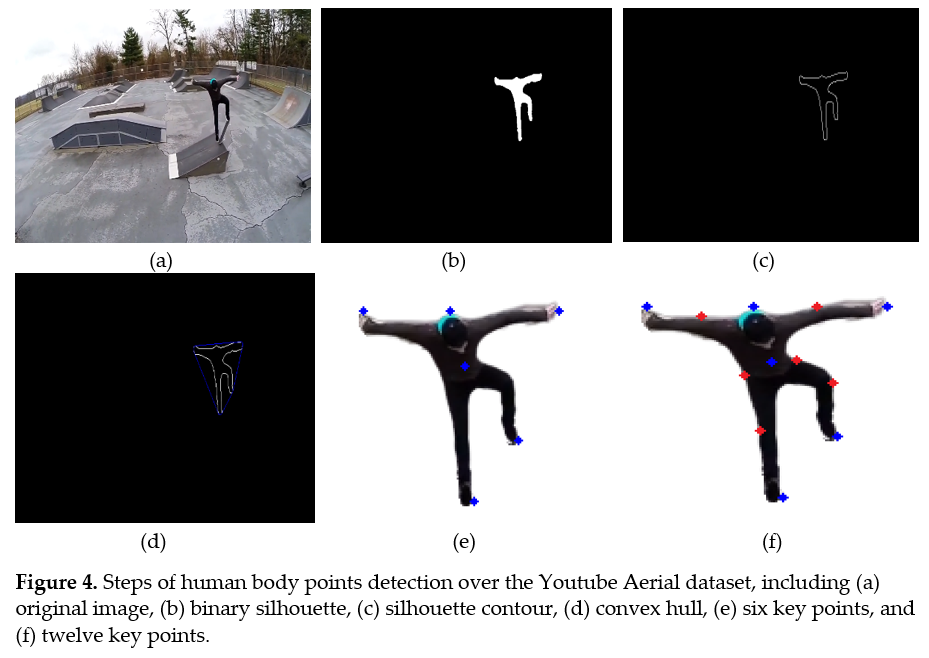
AIR UNIVERSITY
DEPARTMENT OF COMPUTER SCIENCE AND ENGINEERING




| Specifications | 13 humans (11 male, 2 female) × 7 Interactions |
| Dimensions | 512 × 424 |
| Specifications | 20 Subjects (12 males, 8 female) × 6 Behaviors |
| Dimensions | Variable |
| Specifications | 10 Subjects (5 females, 5 male) × 11 Activities |
| Dimensions | Variable |
| Hardware setup | ― 3 IMU (MPU-9250) ― 4 Arduino UNO ― 4 NRF24L01 wireless module ― 9V batteries |